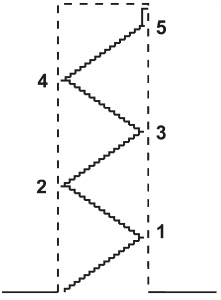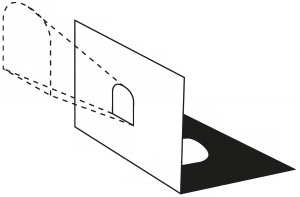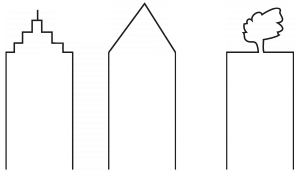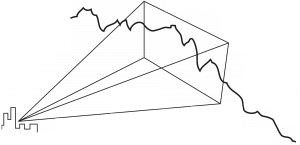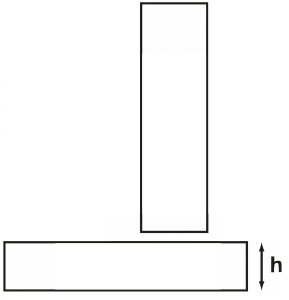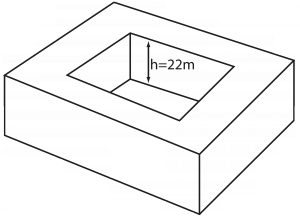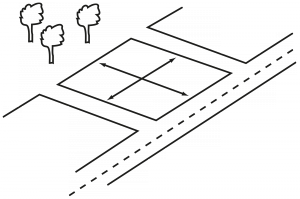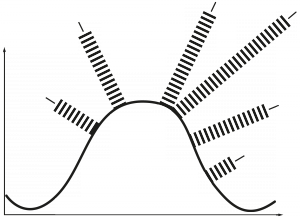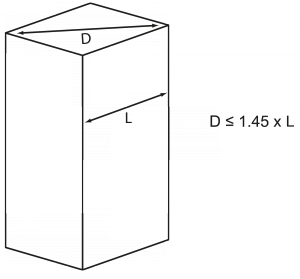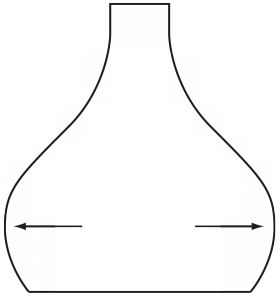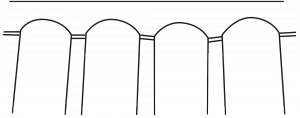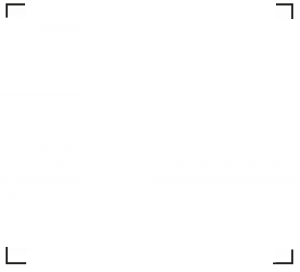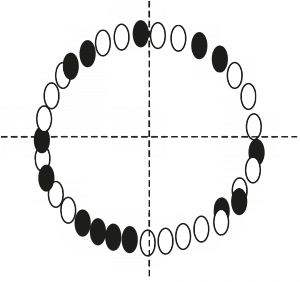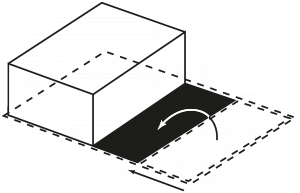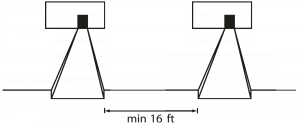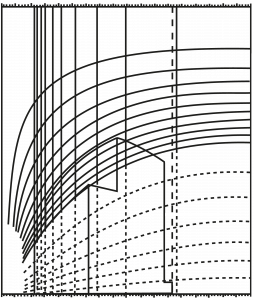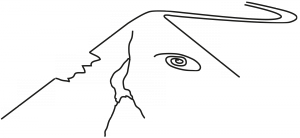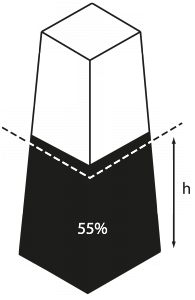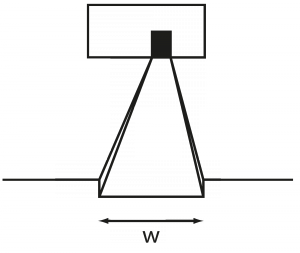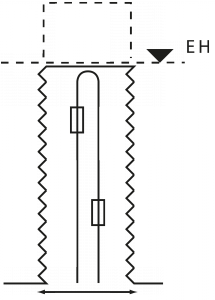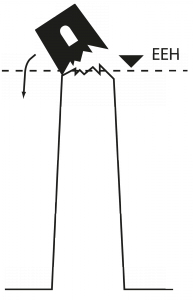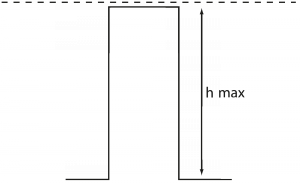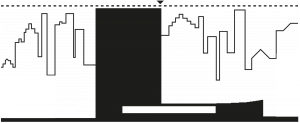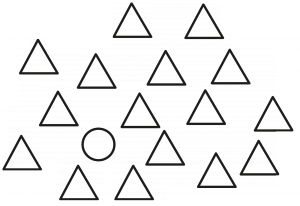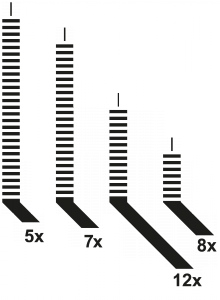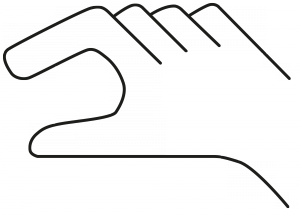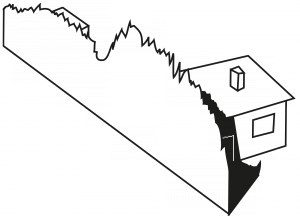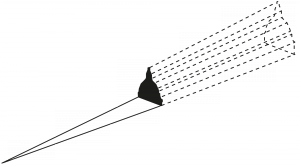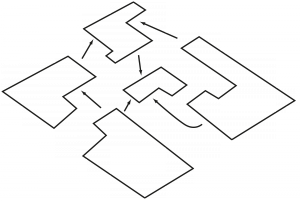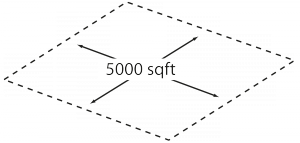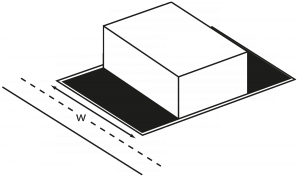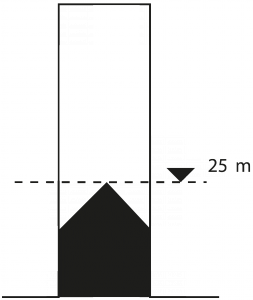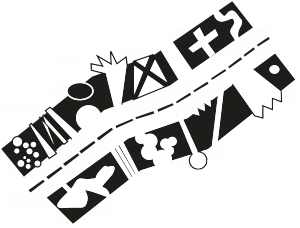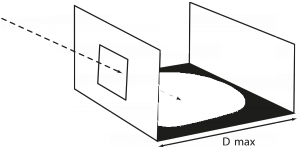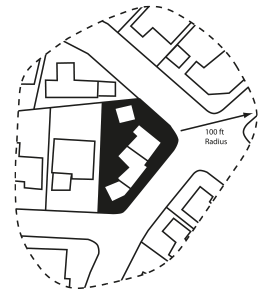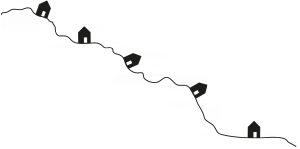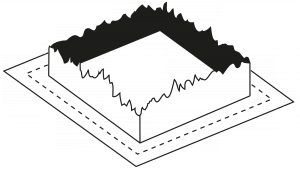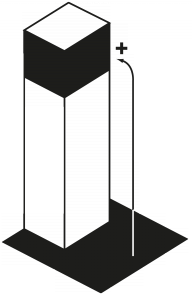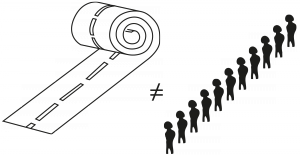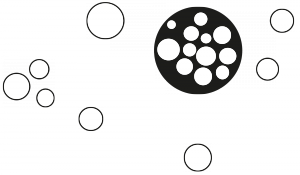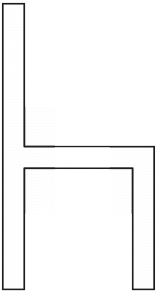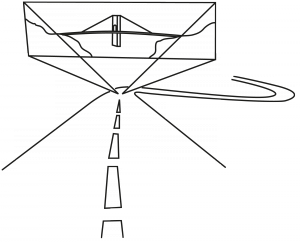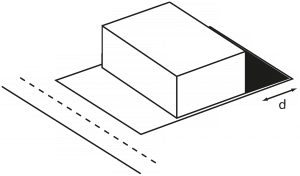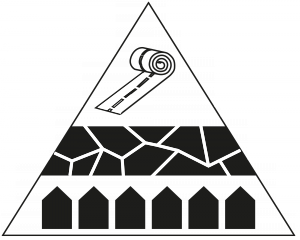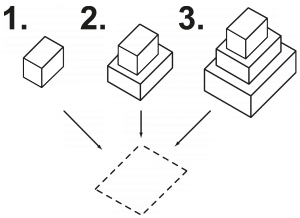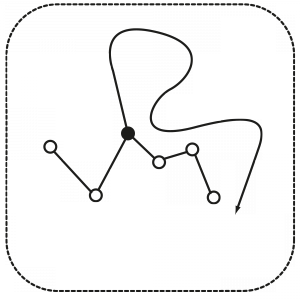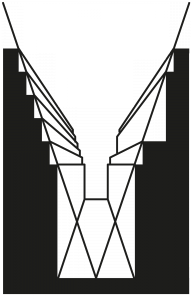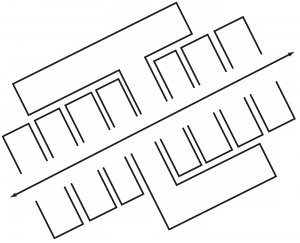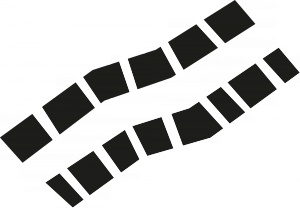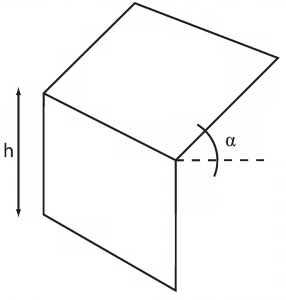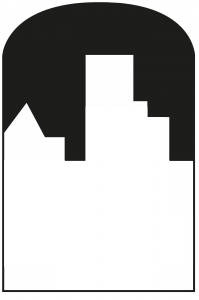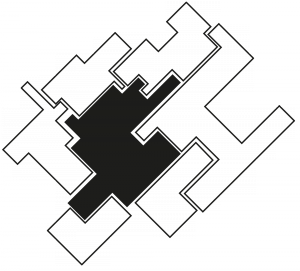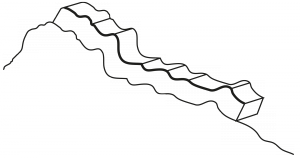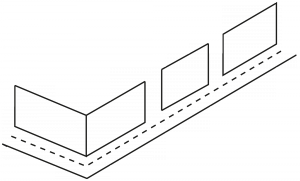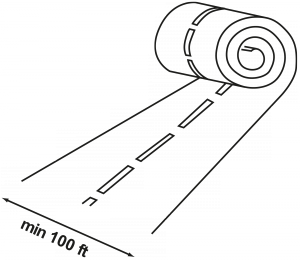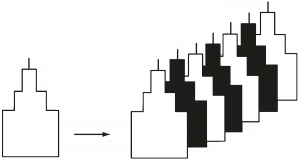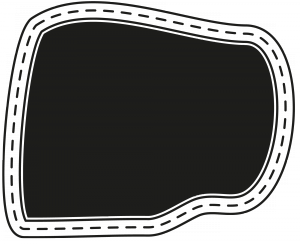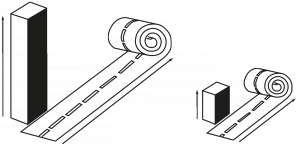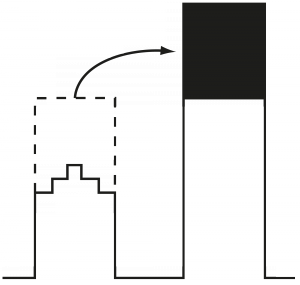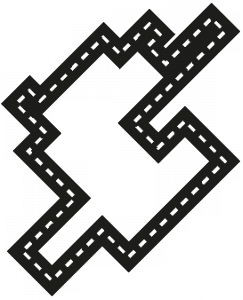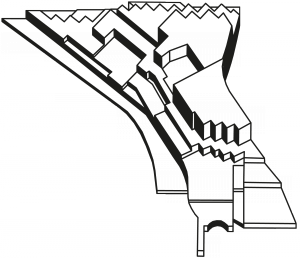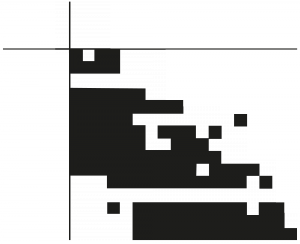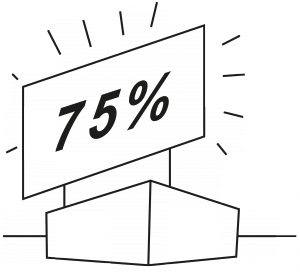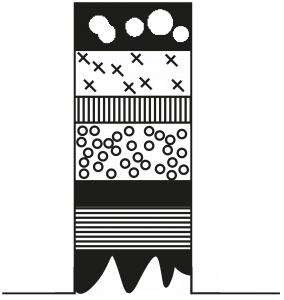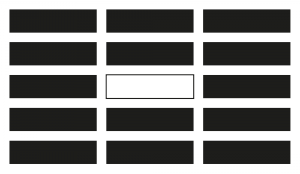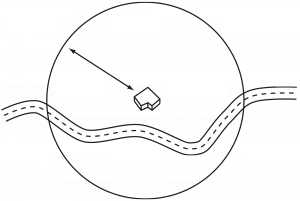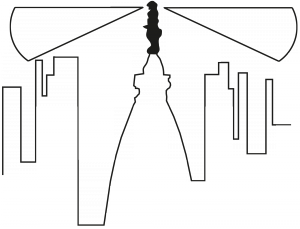Office of Urban Regulation
Design Rules and Design With Rules!
The Office of Urban Regulation (OUR) interprets the urban environment as a result of specific sets of rules. The rules at work are either official stipulations, implicit conventions, traditions or other cultural maxims and paradigms.
Cities as cultural products are neither ‘built’ nor ‘planned,’ at best they are guided and steered in a certain direction. Therefore, rules and regulations are one of the few tools that are actually suitable to guide future development within such collective and complex urban settings.
Almost any city worldwide works with rules as steering instruments – compiled in zoning ordinances and building codes. Since their enactment, many have undergone major changes. We strongly believe that the field of (urban) design should not simply adhere to these standards as some neutrally existing context but should actively engage in discussing them in order to make them subject to design as well. We realize that many cities have outdated, even superfluous rules that prevent a positive future development rather than support it. Others urgently need to devise different rules in order to provide reliable frameworks that capture private investment for further public pleasures.
OUR acts as a platform and urban consultancy for architects and urban designers, academics and professionals that are actively engaged in urban regulation, such as planning departments and city authorities.
OUR shares its expertise by building an open database of extraordinary and important rules from all over the world. This database does not aspire ever to be complete. Rather, we continuously add rules that we find interesting for a contemporary urban discourse, that have the potential to be creatively transformed into design instruments, and that generally show how important as well as difficult it is to mediate between private and public interests – the individual and the collective, respectively.
Some of the rules directly originate from projects we have undertaken in specific cities. Right now there is an accidental convergence of European and North American rules, however we are looking forward to complementing the database with rules from other places worldwide.
In general, our rules need to reveal a strong link to and influence on the actual physical form and organization of a city.
For the full rationale, the idea of rules as tools, and an extensive discussion of all the rules within their specific contexts, we recommend reading the book ‘Grand Urban Rules’ (Rotterdam: Nai010, 2009/2013). It is currently available in its second edition.
OUR is based at the Chair of Architecture and Urban Design, Prof Dr Alex Lehnerer, Department of Architecture, ETH Zurich. If you would like to know more about OUR, have an interesting rule you like to share, need consultancy, or would like to work with us, please feel free to contact us.
Chair of Architecture and Urban Design,
Prof Dr Alex Lehnerer, Department of Architecture, ETH Zurich


